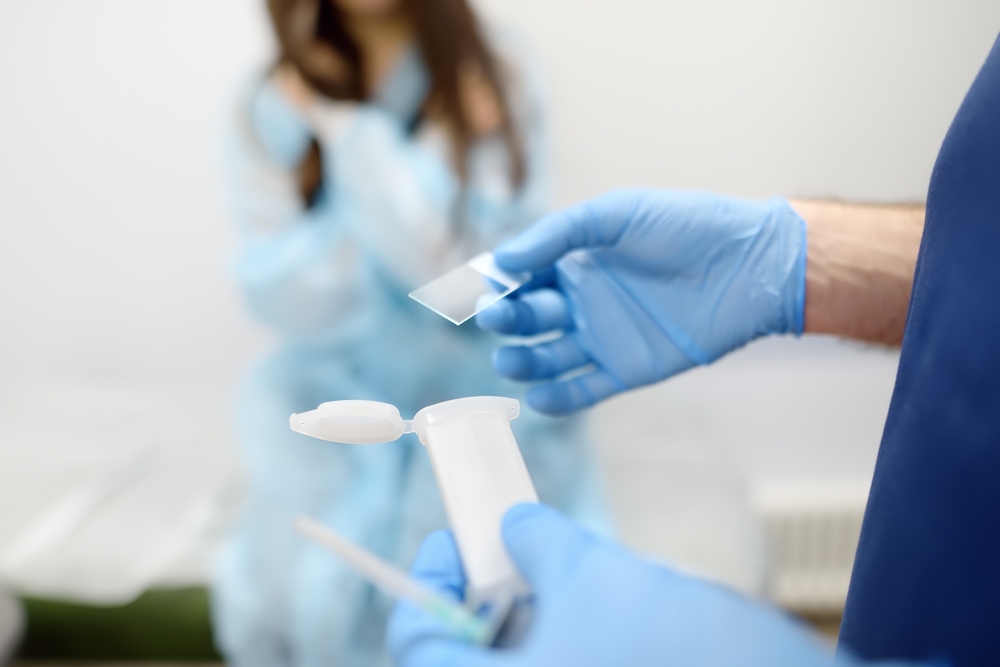
A biopsy is a surgical procedure performed to sample and examine abnormal tissues or lesions on the skin. In medical aesthetics and dermatology, biopsy plays a vital role in diagnosing and treating various skin diseases. It is a primary method for identifying many different formations, from lipomas to malignant masses.
A biopsy is the process of taking a small tissue sample from the body for examination under a microscope. Masses and lumps detected through imaging techniques and physical examinations are later removed for biopsy.
Biopsy holds significant importance in diagnosing serious diseases such as cancer. In dermatology, it is frequently used to evaluate lesions or abnormal tissues on the skin. Biopsies also play a crucial role in diagnosing infections, inflammatory diseases, and other skin problems.
The biopsy procedure is carried out in a sterile surgical environment. The area is numbed with local anesthesia before the procedure. The surgeon or dermatologist removes a small piece of tissue from the lesion or abnormal area on the skin. This tissue sample is sent to a laboratory for examination by a pathologist.
Local anesthetics are used during the biopsy procedure. Additionally, antiseptic solutions and antibiotic ointments may be applied post-procedure to reduce the risk of infection.
Prior to a biopsy in medical aesthetics and dermatology, patients need to follow certain preparation steps. First, a consultation with a doctor is necessary to examine the biopsy area and gather detailed information about the patient’s overall health. If you are looking for a professional team and a successful clinic, you can contact EMPCLINICS.
In the subsequent preparation step, the doctor reviews the patient’s medical history and current medication use. At this stage, the patient needs to inform the doctor about the use of blood-thinning medications or any other drugs that may increase the risk of bleeding.
Biopsy sessions are usually performed under local anesthesia, ensuring the patient’s comfort during the procedure. The procedure begins with a local anesthetic injection to the biopsy area, which prevents any pain during the process. Once the anesthesia takes effect, the doctor takes a small tissue sample from the biopsy site. This sample is then sent to a laboratory for pathological examination. The wound site is closed with stitches.
The biopsy procedure is generally quick, often completed within 5-10 minutes. After the procedure, a sterile bandage or dressing is applied to the biopsy area to minimize infection risk and support the healing process. If necessary, the doctor may recommend pain relievers to the patient.
After a biopsy, there are several important points patients need to consider. First, the biopsy area should be kept clean and dry. The bandage or dressing applied to the area should remain in place for the duration recommended by the doctor, which could be a few hours or a few days. After removing the bandage, gently clean the area and use an antiseptic solution to reduce the risk of infection.
During the healing process, avoid strenuous physical activities and refrain from putting pressure on the biopsy area. It is also advisable to avoid activities such as swimming or using a sauna for a few days post-procedure.
If redness, swelling, or pain persists in the biopsy area, or if signs of infection (fever, pus, excessive redness) appear, contact your doctor immediately. For detailed information and clear insights into the process, feel free to contact EMPCLINICS.
Generally, there is no pain during the biopsy due to the use of local anesthesia. After the anesthesia wears off, there might be mild discomfort or pain, which can usually be managed with pain relievers.
Biopsy results typically take a few days to a few weeks, depending on the lab’s workload and the type of biopsy. The results help diagnose changes at the cellular level. They can indicate whether the lesion is benign (non-cancerous) or malignant (cancerous), or show infections, inflammation, or other skin diseases. Your doctor will provide a detailed explanation of the results.
Whether or not a scar remains after a biopsy depends on the type of biopsy, the location of the procedure, and the individual's healing process. Small and superficial biopsies usually leave minimal scarring and heal within a few weeks. Deeper and larger biopsies may have a higher chance of scarring, with the healing process taking a few months. Following your doctor's wound care instructions is essential for faster and healthier healing of scars.